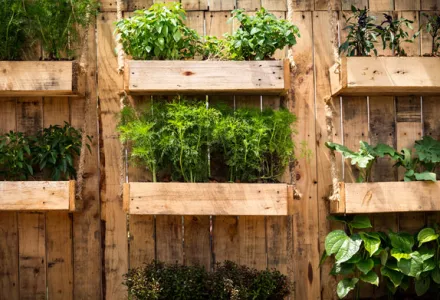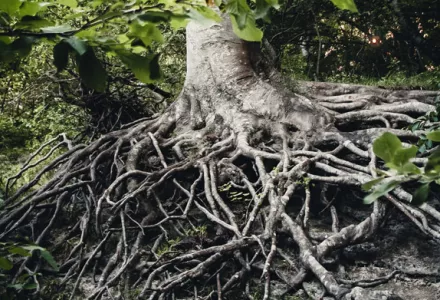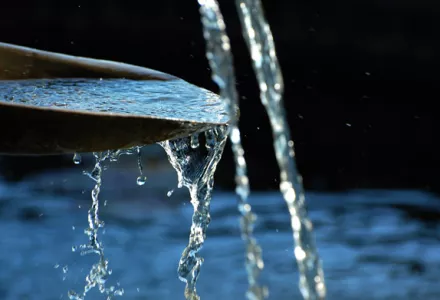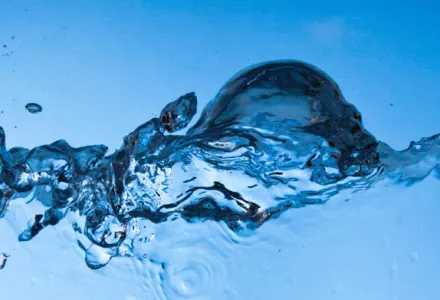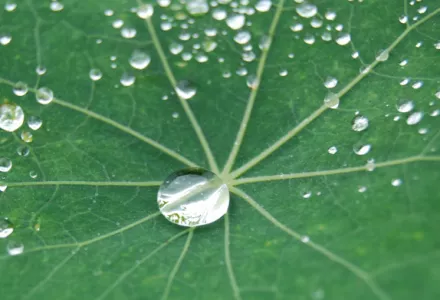What is the best watering frequency for me to use in my system? This is a question we often get asked - but it is hard to answer. There’s absolutely no easy response, but only one right one: when the plant needs it! Both watering frequency and, to a lesser extent, the amount of water to apply, depend on many outside variables that further complicate the issue, so the grower needs to maintain an ‘eyes on’ approach in his or her growing techniques.
This is the one area in the growing process that makes or breaks a grower. Once we moved out of a natural setting into one of our own design, and began demanding top performance from the crops we produce, we opened a Pandora’s Box for the grower. We fundamentally changed the water relationship between the plant, the medium, and the grower. To fix this problem, the industry has developed a wide variety of media and systems that work well with the change. The answer to the question ‘Which one is right for you?’ depends entirely on the type of grower you are.
Understanding how the pieces act when they come together gives you an indication of the method that is likely to work best with your style. If we modify our approach to watering to adjust for all the variables our plants may encounter and that are unique to our growing situation, we will achieve the best results possible. The one variable we cannot adjust for is a grower who fails to adapt his or her growing techniques - or fails to design his or her production system - around those limitations.
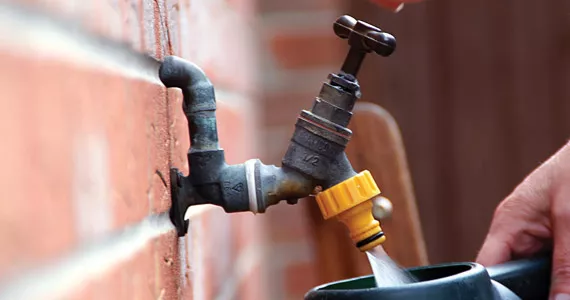
The Growth Tetrahedron
Let’s begin our look at watering by accepting a small fact: successfully bringing a plant crop to maturity depends on successfully keeping to the Growth Tetrahedron (see figure 1-1). The sides of the Tetrahedron feature the four primary components for achieving growth. Each side is equally important and must be optimised to fit in with the other sides. As you can see, the base of the pyramid is water (as a solution or pure) because it is in all the sides as well. Plant selection will determine the root environment, and consequently the system or medium to be used, as well as the top environment that you will need (sides 2, 3 and 4). Remember, it takes all four sides to make the Tetrahedron and each face has an influence on the others.
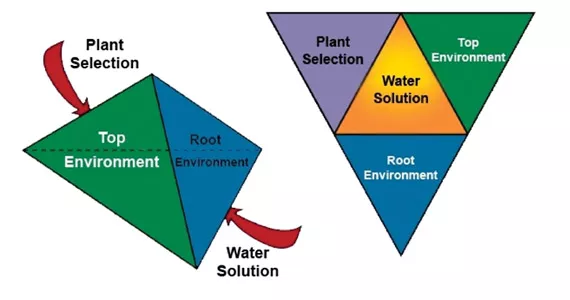
Plant selection
The plant or crop is the first side and the first thing you decide. What you want to grow determines how to grow it; the root environment and top environment to use depend on the chosen plant. In addition, choices are made based on the grower’s knowledge of the system, the crop, strengths and weaknesses, and the remaining two sides. It makes no sense to try tomatoes if there’s not enough light. It makes equally little sense to grow orchids when the water solution is scarce. While lettuce may be grown successfully in peat or coco, it can also be grown in an NFT system which will reduce the time, costs, and area it needs to grow. The fact that you can grow leaf lettuce in your grow area does not mean you can grow head lettuce successfully unless you can lower the temperature in the area to cooler levels. Choose your plant carefully, both type and variety, as all are different and will respond differently.
Root environment
The second side is the root environment which determines the system to employ in growing. What will best fit with the other sides? The system determines the root environment or medium to use. This is how we prepare for the plant and store water, food and air for it, and it also protects and shelters half the plant. Roots work differently than the top - but always in conjunction with, and influenced by, the top part of the plant. The medium serves to provide both physical and material support for the plant. The type of medium is pretty much determined by the needs of the crop and grower. While soil or soilless mix media will provide long term storage of food and water, and will physically support the plant (so making the life of the grower easier and lowering the headache factor), for the grower it makes little economic sense to grow lettuce in peat-filled containers.
Roots also require the correct proportion of air to water in the medium based on the type of plant. And don’t forget that all roots require oxygen to function too. Plants don’t have lungs, neither do they have a true circulatory system to transports oxygen from the leaves to the roots. Oxygen has to diffuse through the plant’s tissues. While most carnivorous plants require little air, cacti and succulents require lots of air. Most plants fall in the middle. Steady temperature and correct humidity are key components in root development and function; these are influenced by the type of medium used. (figure 1-2)
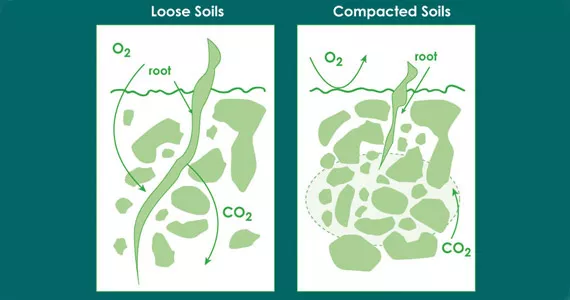
Top environment
The top environment is everything you can see of the plant above the crown or soil line. This top environment must have the correct temperature for a particular plant grow. Light intensity (including composition, duration and penetration), air (its component gases, their movement, and their ratio), and relative humidity are all integral components of this environment (which, to a lesser extent, includes pathogens and external stresses as well). If these aspects are not in balance, the plant will not flourish. Plants assimilate carbon atoms, the basic building block for life as we know it, only from this side as a constituent of the air, CO2. It is not so much the effect of one component that makes the difference. It is more about the way all these components combine, including driving the final side, water.
Getting the water right
Water, the universal solvent, is the final side of our Tetrahedron, the base. Look at it in a broad sense from the individual atom to the complex slurry that moves nutrients to the root surface in a mass flow, and subsequently up the stem to the rest of the plant. Water sees action in all sides, as humidity in the top environment, moving nutrients and supporting other media activities in the medium, directly controlling all activity in the plant, as well as supplying the necessary nutrients to the final use sites in the plant cells by transporting them there.
Water must be right for every side if every side is to be correct. It is required in the initial stages of converting light to energy and in the final stage of respiration. It must match the needs of the plant. Plants that prefer dry feet should not be in an aquaculture system; aquatic plants should not be held with dry feet. The water’s chemical composition is critical for its performance and must be matched and balanced to work correctly. While a plant will usually adapt to limitations in the other sides of our Growth Tetrahedron (ok, it won’t be as pretty or as productive, but it can survive and multiply – the only true goal of any plant), it will not tolerate water depletion. Limit the water and a plant’s functions will decrease or cease, forcing it into dormancy or killing it outright. Getting the water right is the hardest thing to teach and the easiest to mess up.
Remove or change one side
So what should you take out from all of this? Remove one side from the Growth Tetrahedron and nothing works. Cheat one side and, even if the other sides are right on, you will short-change the crop. Make a change on any side in terms of quantity, quality, composition or availability, and you will have to make changes to at least one other side to compensate. Information on all the needs of a plant for each side is pretty much known and achievable with current technologies. The question that remains: ‘Can the grower get all the information required for a super crop given his or her time, knowledge, budget, workload or temper?’
Hand watering
"Hand watering is the easiest and least expensive of all systems."
Hand watering is the easiest and least expensive of all the systems. This includes everything from holding the hose in your hand to manually tripping a valve that applies water through an irrigation system of drippers, spray stakes or other individual emitters including sprinklers and soaker hoses. This gives the grower the most control as long as he or she is paying attention and getting the correct amount of water into each container or plant. If a grower is using 14 litre containers with soil, applying 2 litre of water will not suffice. Always water until you get at least 20% drainage; this will ensure total saturation and wash away accumulated salts.
Automated systems
But for precise volume applications, you have to use a system that applies a known volume of water to each point, and to accomplish this, you will need an automated system. Design the system around the water need. Start with how much water needs to go into a container in the time allotted to ensure the roots are not submerged for more than the recommended time. Then, since drippers have depth profiles, pick a type of dripper and the number required to go into a container to satisfy this need. Then, count the total drippers required for your proposed system and design the pipes and pump to deliver this total amount of volume at the pressure required for the dripper to work correctly.
Next choose a size of tank that ensures this amount is available at each watering, and that’s sufficient to cover the number of applications needed between tank changes. Remember that volume has to be equal at each dripper, so ensure that the pressure needed in the entire system and volume supplied are available at each dripper, and allow some margin for error! Remember that as pressure goes up, volume out decreases. If you need to supply a minimum of 3 bar in a system and 500 litres a minute, you will have to use a pump that can cope with this.
For extreme systems like deep-water culture, you will need to flush out the root zone to keep the water solution clean and for air saturation to be maintained using aeration technologies such as air pumps. Aeroponic systems have to meet the same needs but are only switched off for short times and have to be run in the dark. The same holds true for hydroton or pebble systems, but the off-time is longer since the aggregates will hold water on the surface allowing for a longer period of high humidity at the roots.
That’s it! All the systems on the market today fall into two categories, manual and automatic. The clock and the labour needed to water are the important considerations. Everything else is about the plumbing. In simplest terms, the goal is to deliver water to the root zone on time and on target. Everything else is an issue of convenience or accuracy. So there are two categories and many systems. The simplest are the best.
"In simplest terms, the goal is to deliver water to the root zone on time and on target."
It's the grower that affects the system
Overhead watering by hand is the best, especially for leaching salts, and can be accomplished with spray stakes, as long as all containers can be watered. The “flood and drain” method is not this author’s favourite way to apply a water solution, But, to an extent it works, but should always include a regular leach session to reduce the salts that do not drain from the container but move upward. Drip emitters are great in media that are not too airy, but they depend on lateral movement to saturate the root zone and do little to rinse out the medium. Sprinklers are great but only if the crop (and building) can handle it. And if there are tight restrictions on their mode of operation.
Remember, disease and missed containers are often the result of this type of system, which also wastes loads of water, to the air and as run off. Spray stakes are really the most flexible for most media, with the exception of air, where the emitter should be a mist nozzle. They can be used to disburse water across a medium, ensuring equal watering and good leaching.
It’s hard to condense 30 years of experience into one ‘short’ article. But if these guidelines are followed, you’ll get results in plant performance, money saved, and your general success as a grower. The key element in this entire discussion is you, the grower. It’s the grower that affects the entire system and success or failure are entirely in the grower’s hands.
More tips? Read the 'Ten watering rules of thumb' on watering plants

